The CDC Wants You to Follow These 9 Grocery Shopping Rules Right Now
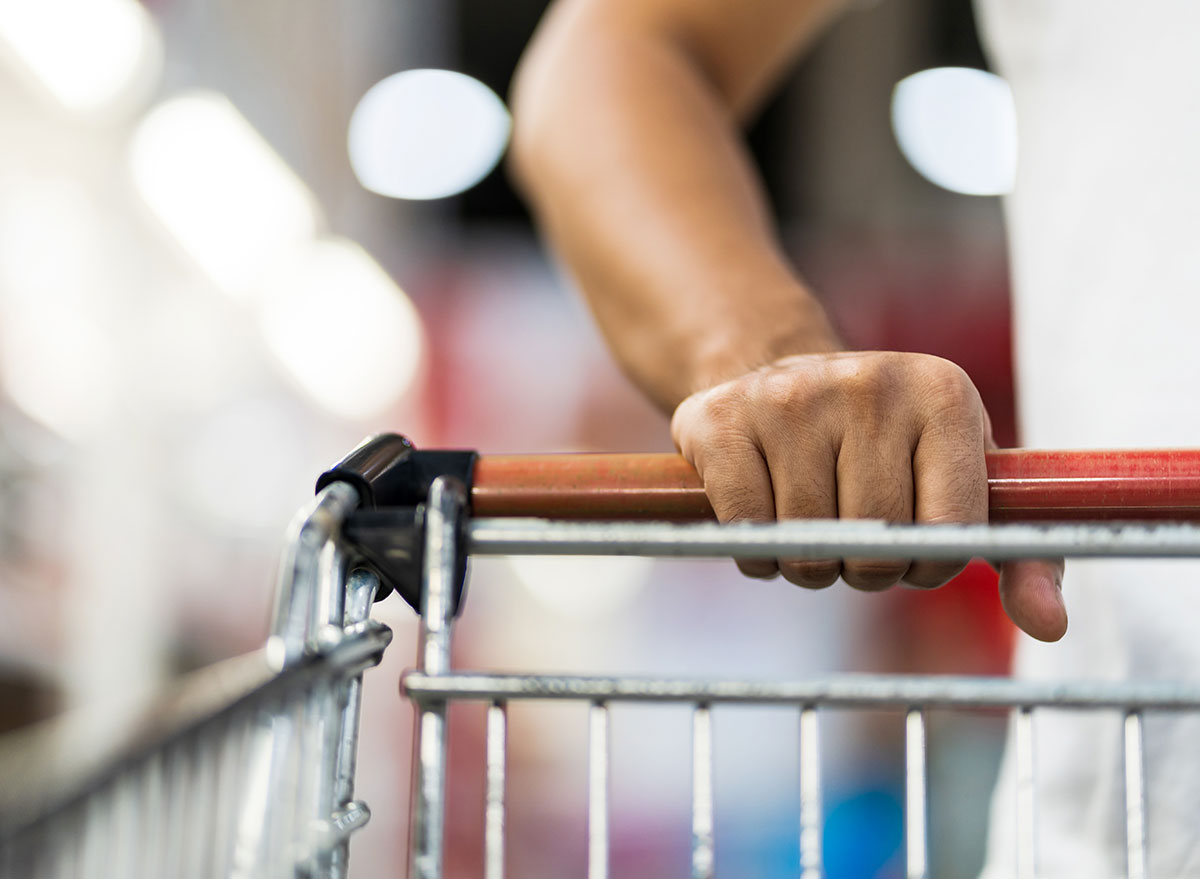
Grocery shopping is still one of our most dreaded chores. While we’re now armed with more knowledge about how the coronavirus spreads than we were at the start of the pandemic, we are also facing a perfect storm of new risky circumstances—heading into the holiday season when everyone’s looking to shop more, while the numbers of COVID-19 cases are spiking across the country.
One of the main guidelines from the Centers for Disease Control and Prevention (CDC) still stands—the most likely way you’ll contract the coronavirus is via person-to-person contact. Based on that notion, and latest best practices outlined by the CDC, here’s how to stay safe while navigating the busiest shopping season of the year.
For more, check out 9 Restaurant Chains That Closed Hundreds of Locations This Summer.
Use online services when possible

The absolute safest way to shop is by not going to the grocery store at all. Our grocery delivery and curbside pickup options have advanced by leaps and bounds this year, and the CDC advises to use them whenever possible. You can also check with your local grocery store to see if pre-order or drive-up options are available. Here’s How to Use Walmart, Target, and Amazon’s Apps to Get Your Groceries Delivered.
Don’t forget to sign up for our newsletter to get the latest coronavirus news delivered straight to your inbox.
Avoid crowds by choosing the right shopping times
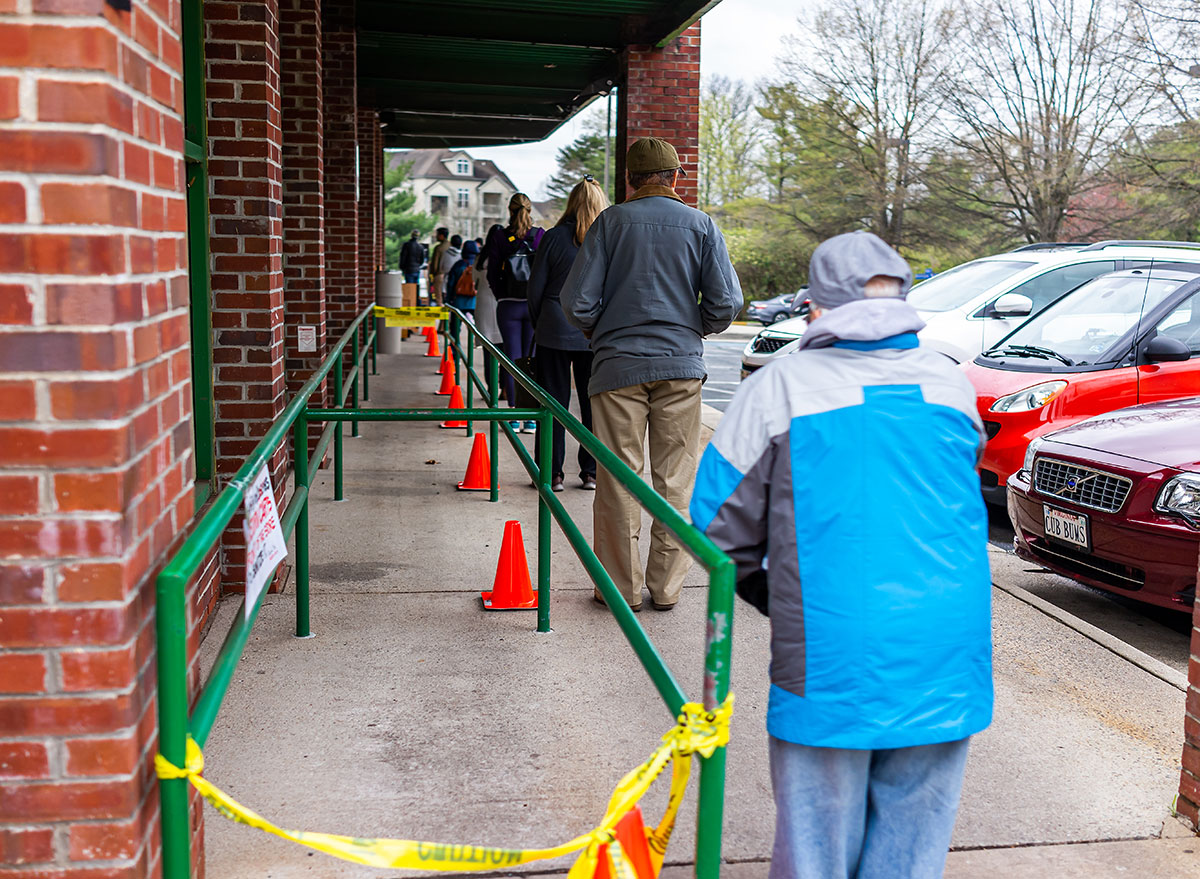
In order to keep yourself at a safe distance from strangers, plan to visit the grocery store outside of peak times. According to latest data from Google, the least busy time to visit a grocery store is Monday at 8 a.m., while the pharmacy is usually least crowded on Monday at 9 a.m. Sounds like you could check off both errands off your to-do list in one quick trip! Find out the absolute busiest time to shop at a grocery store here.
Keep it short
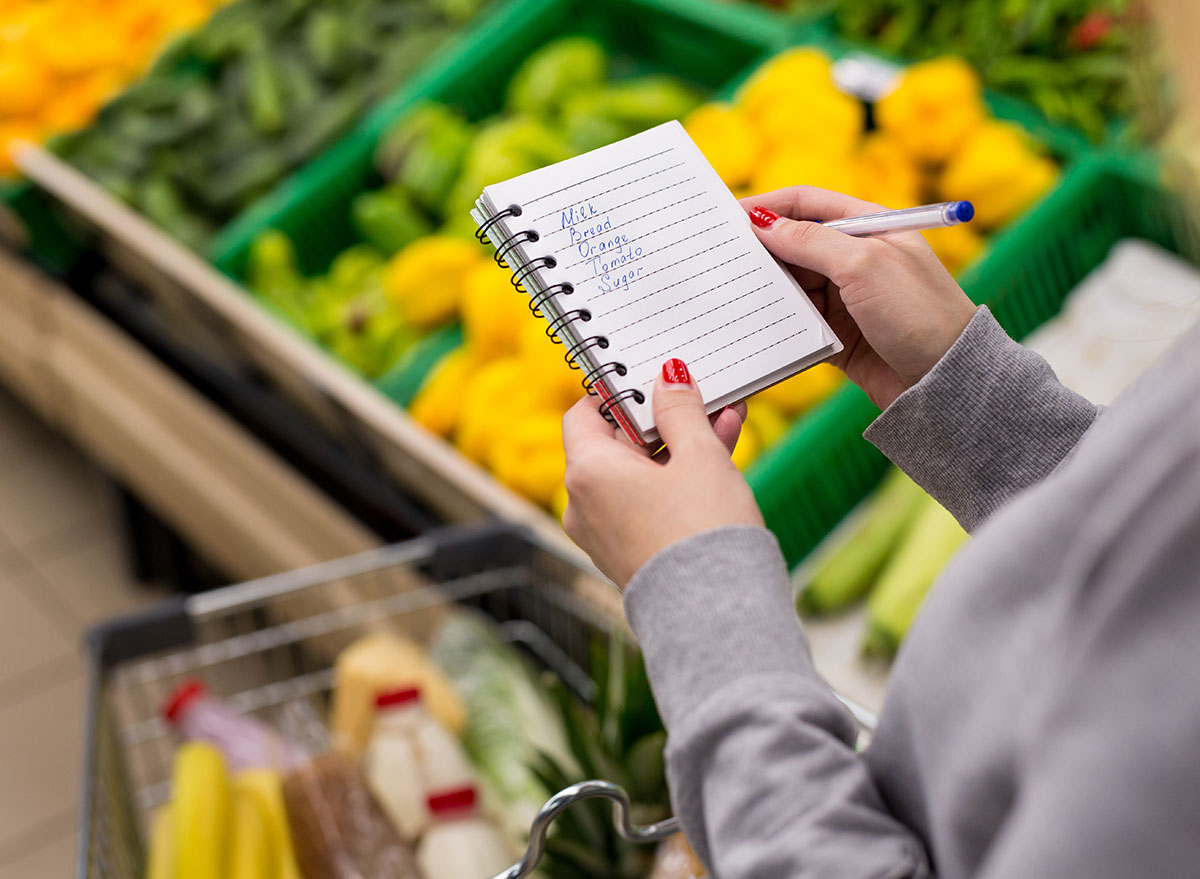
Bring a grocery list, wear your most comfortable shoes, go alone . . . do whatever it takes to reduce the amount of time you spend at the grocery store. The CDC states that the length of exposure to an infected person absolutely plays a role in how likely you are to get infected.
Don’t take your mask off, especially when social distancing is difficult
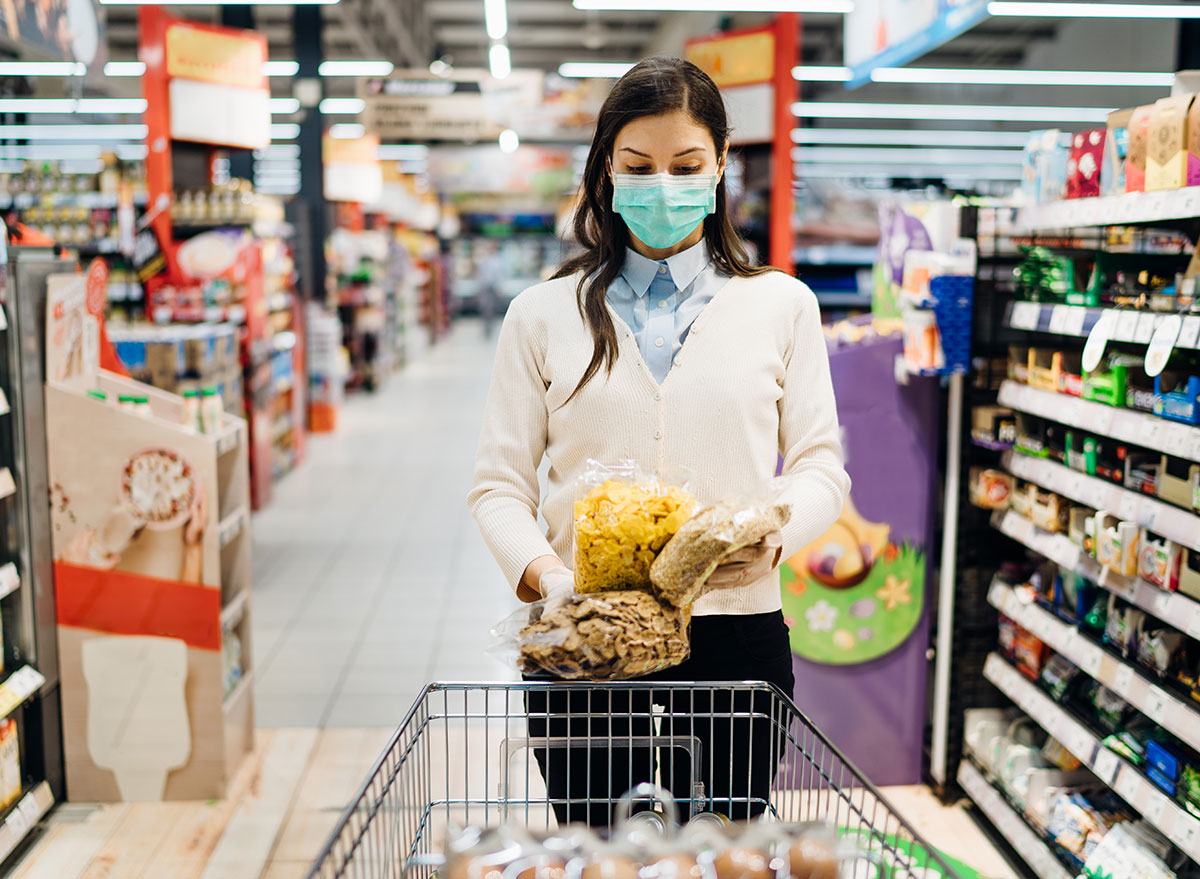
Masks, masks, masks . . . they’re your only COVID-19 shield when out in public. We know respiratory droplets are the primary way this virus spreads, so protecting your nose and mouth is of paramount importance. The CDC recently updated their mask guidelines based on new data which shows that masks protect those wearing them as much as others. So keep your mask on at all times for your own benefit, and avoid activities that would require you to remove it, like trying in-store food samples, talking on the phone, etc.
Practice social distancing as much as possible
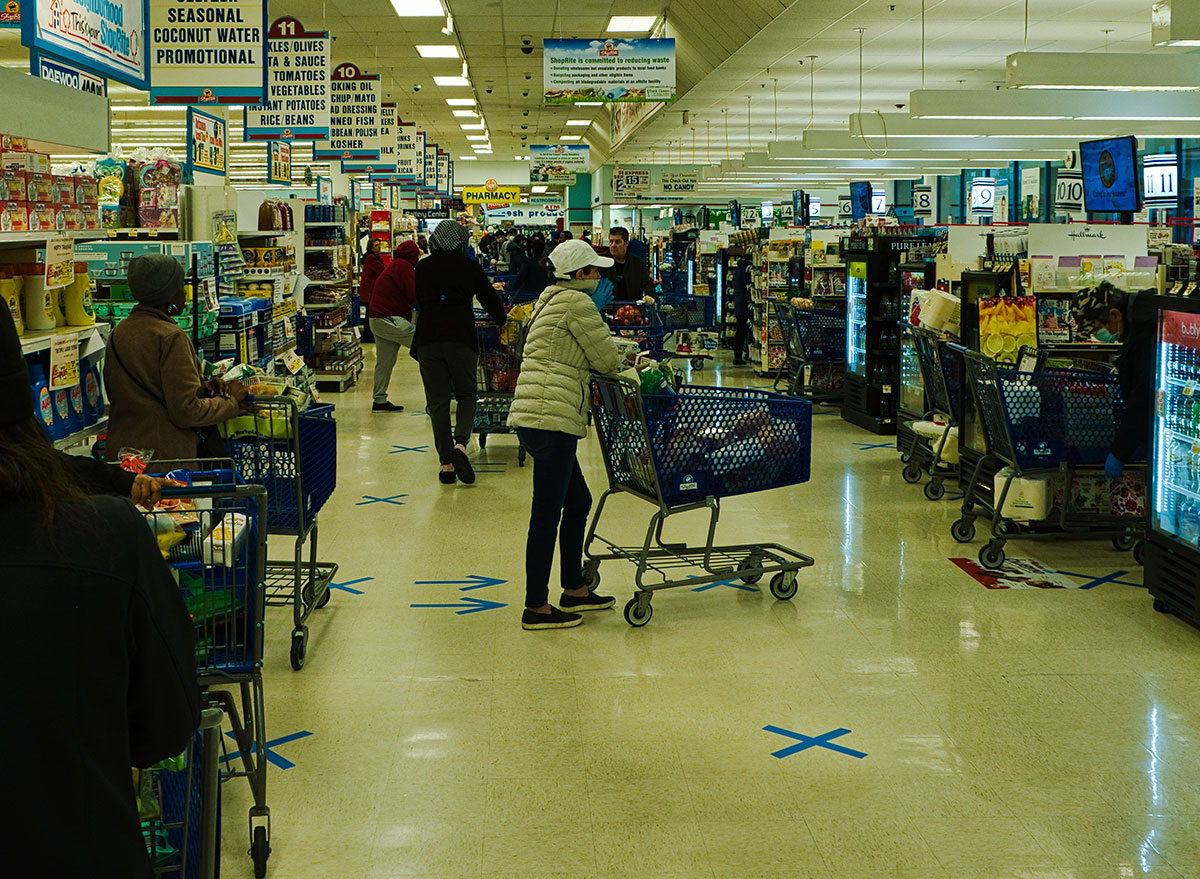
Social distancing isn’t an all-or-nothing affair. Staying 6 feet away from other shoppers may not be realistic in a crowded grocery store, especially around the holidays, but you should try to keep as much distance as possible. The CDC guidelines state that the more closely you interact with others, the higher the risk of COVID-19 spread. So stay out of crowded aisles or areas where people are waiting in tightly-packed crowds, like at the cash register. And don’t go wrestling for that last roll of toilet paper—it’s not worth it.
Bring your own clean bags
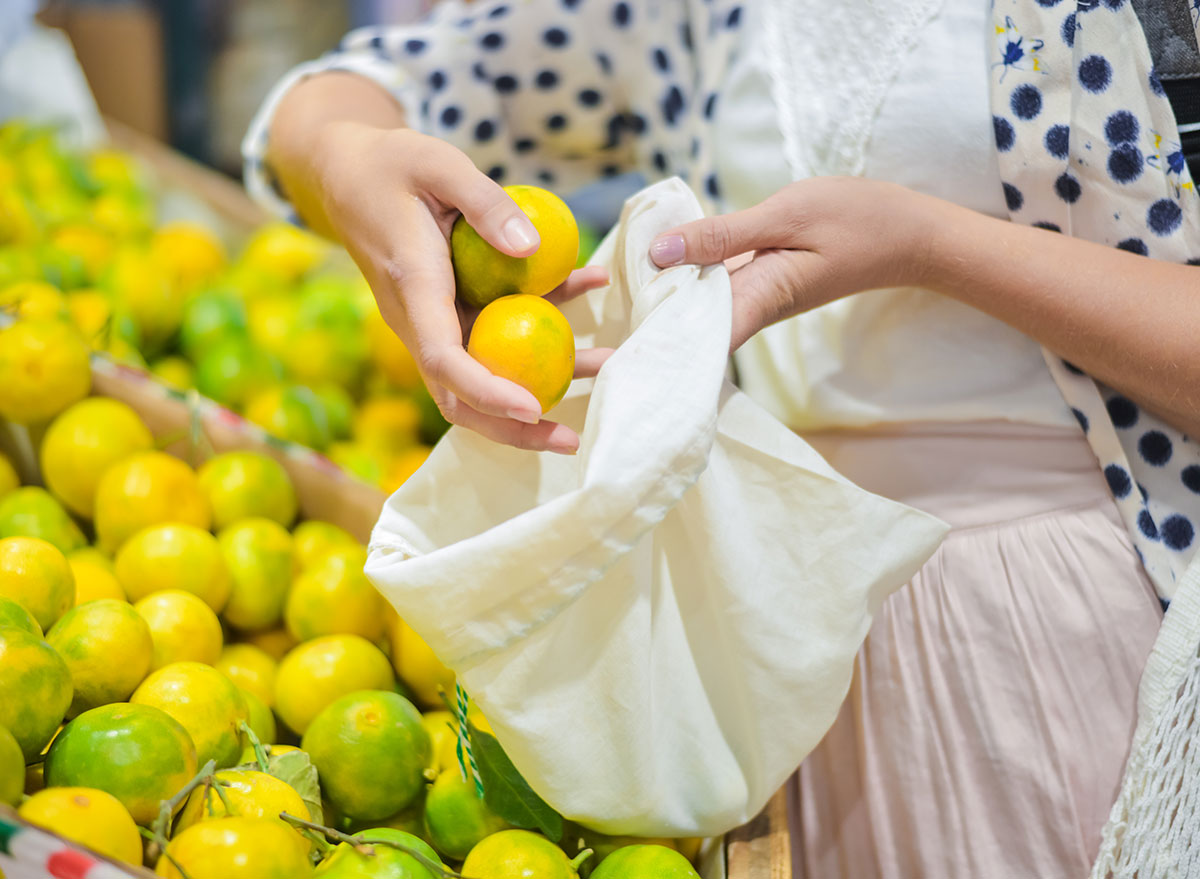
In order to avoid putting yourself in a bagless pickle after you’ve paid for your groceries, remember to bring your own shopping bags. The CDC points out that some grocery stores have temporarily banned the use of reusable shopping bags during the COVID-19 pandemic, but check your store’s policy to avoid surprises. If bringing your own reusable bags, ensure they are cleaned before each use.
Keep your dirty hands away from your face
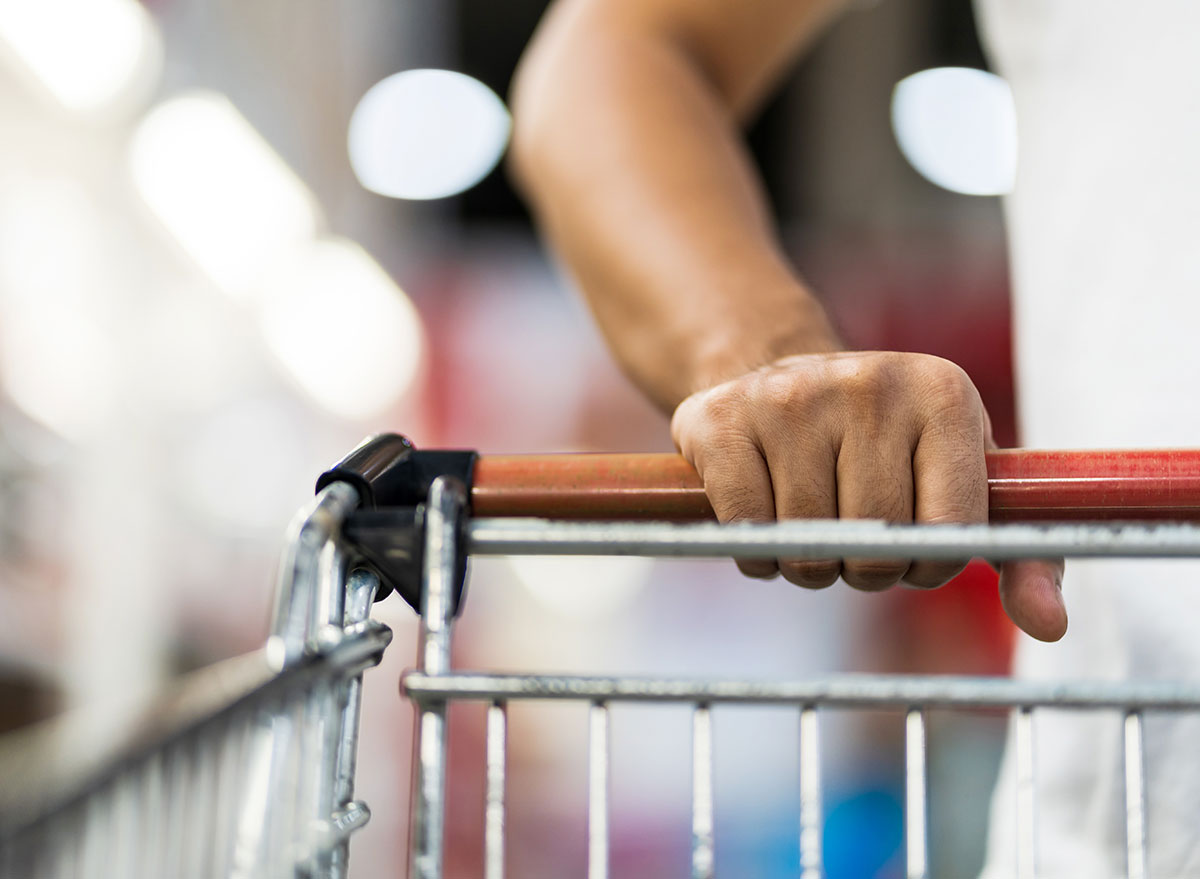
Whatever germs you pick up on your hands when shopping shouldn’t somehow end up on your face. This means you should avoid touching your face after your hands have been in contact with common surfaces like shopping cart handles, credit card machines, and door handles. The CDC advises the use of hand sanitizer that contains at least 60% alcohol each time you touch a surface, and this is especially important if you’re a face-toucher. When you get home, wash your hands like it’s your job—lather them up with an antibacterial soap and scrub for at least 20 seconds.
Don’t let your hands do the window shopping
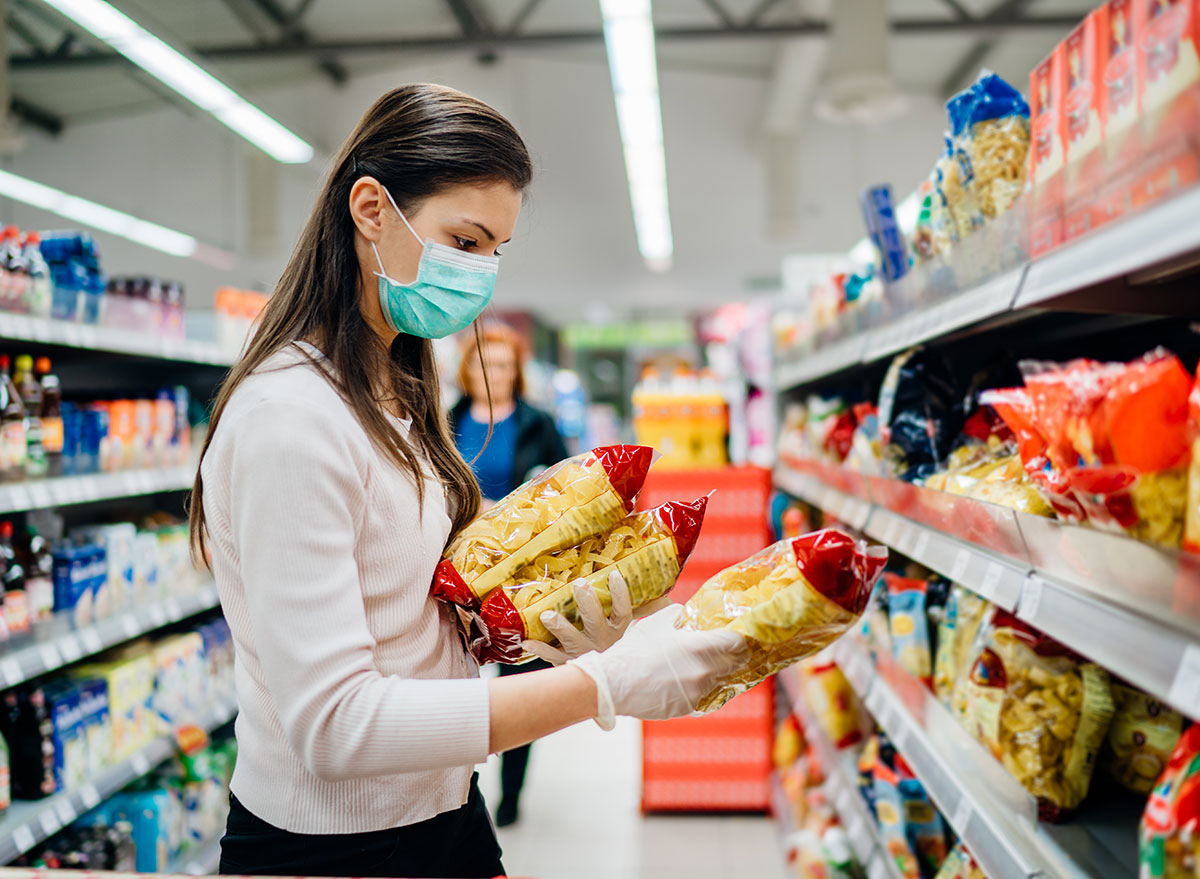
Try not to touch any products you don’t plan to purchase, says the CDC. While secondary transfer of COVID-19 via inanimate objects is thought to be an unlikely method of infection, it’s good to minimize those chances further by avoiding things others may have touched and limiting the spread of your own germs by the same token.
Unpack your groceries safely
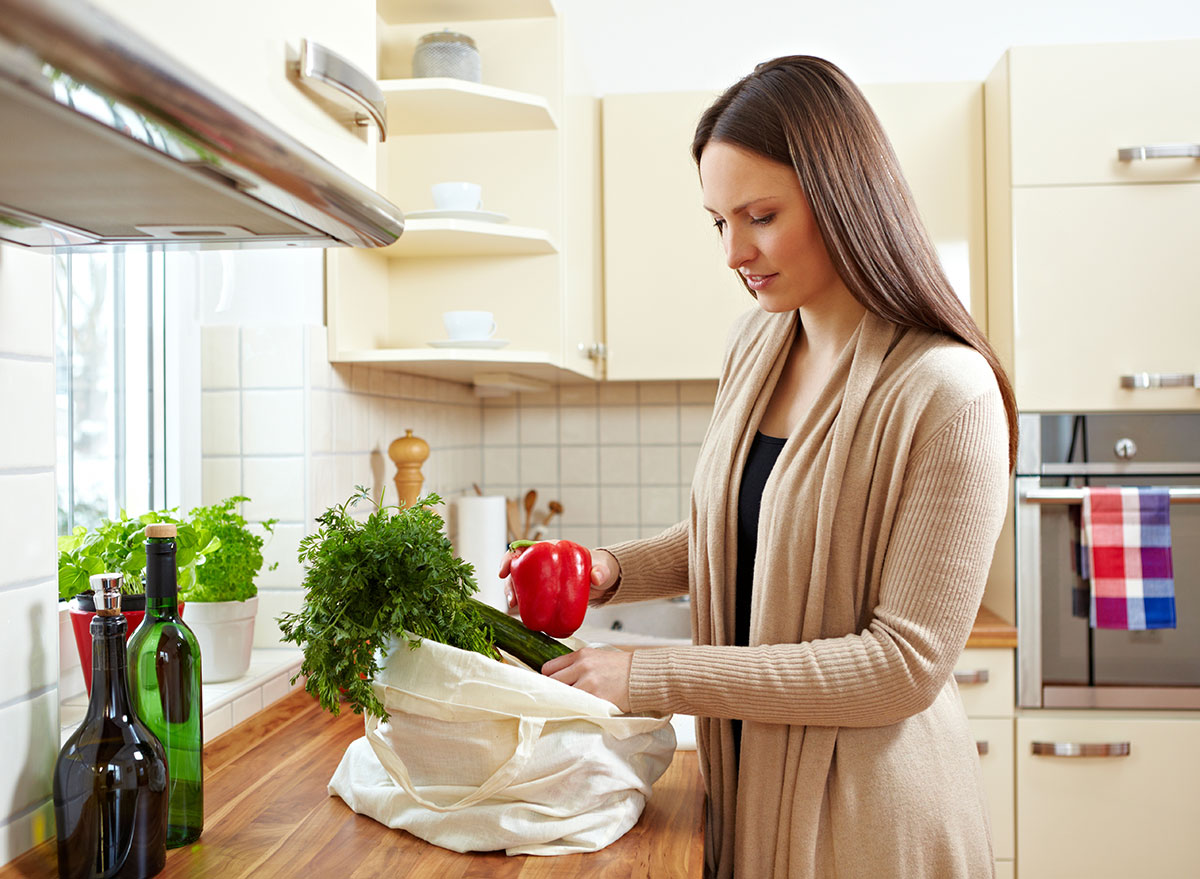
The risk of coronavirus infection from food products, food packaging, or bags is thought to be low, says the CDC, but it is always important to follow good food safety practices. While health experts agree that wiping down groceries isn’t necessary, washing your hands after unpacking them is. It’s also good practice to regularly clean and disinfect kitchen your counters, especially after putting away your shopping haul.
And for more, check out these 108 most popular sodas ranked by how toxic they are.








